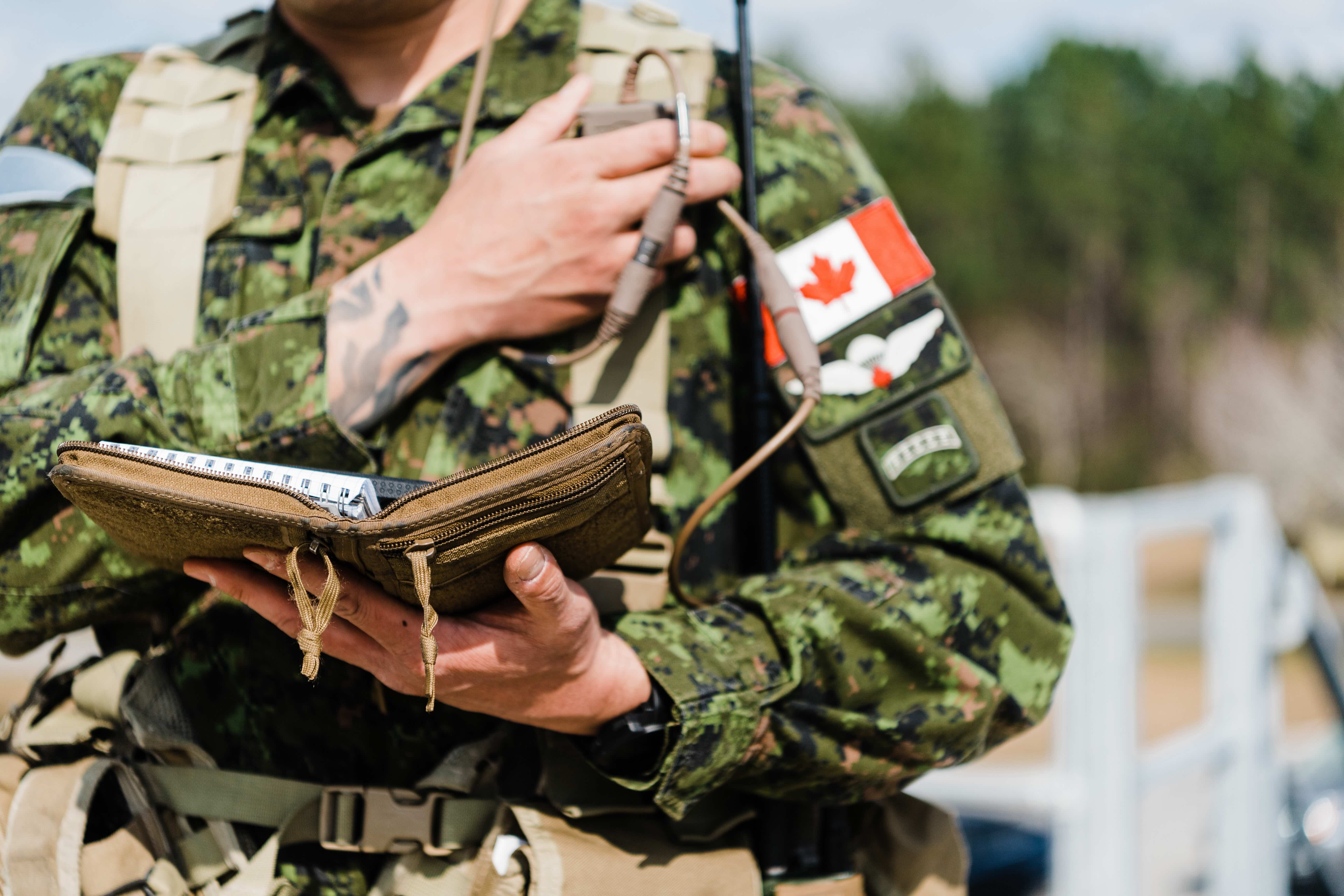During the Ottawa Conference on Security and Defense, Minister of National Defense Bill Blair characterized the state of the Canadian Armed Forces as in a “death spiral,” primarily due to a severe recruitment and retention crisis. The CAF is experiencing a shortfall of 16,000 personnel, which represents about 15 percent of its required full strength, including regular and primary reserve forces.
Efforts to address these shortfalls, such as opening recruitment to permanent residents, have seen minimal success, with less than 1 percent of such applications being accepted. The lengthy application process, extending 18 to 24 months, has led to a high dropout rate among prospective recruits.
In terms of equipment readiness, despite Canada’s investment in new technologies and machinery like F-35 fighter jets, Predator drones, and P-8A Poseidons, operational readiness is hampered by insufficient personnel to operate these advanced systems. Furthermore, internal reports reveal that a significant portion of Canada’s military fleets remains unserviceable or unavailable, with only 45 percent of the air force fleet operational, and similar constraints within the navy and army.
Despite a budget increase of 70 percent planned between 2017 and 2026, an internal report disclosed alongside Minister Blair’s comments paints a concerning picture of current capabilities. It highlighted that even the minimal military projection ambition of Canada—which includes three frigates, two fighter jet squadrons, and one mechanized brigade—is not assured due to these readiness issues.
The Canadian government announced an additional $72 billion in new defense funding over the next two decades, aiming to increase military expenditures to 1.76 percent of GDP by 2029. However, this injection of funds, while substantial, is projected to take years before it impacts the current readiness issues significantly.
Expanded Coverage:









